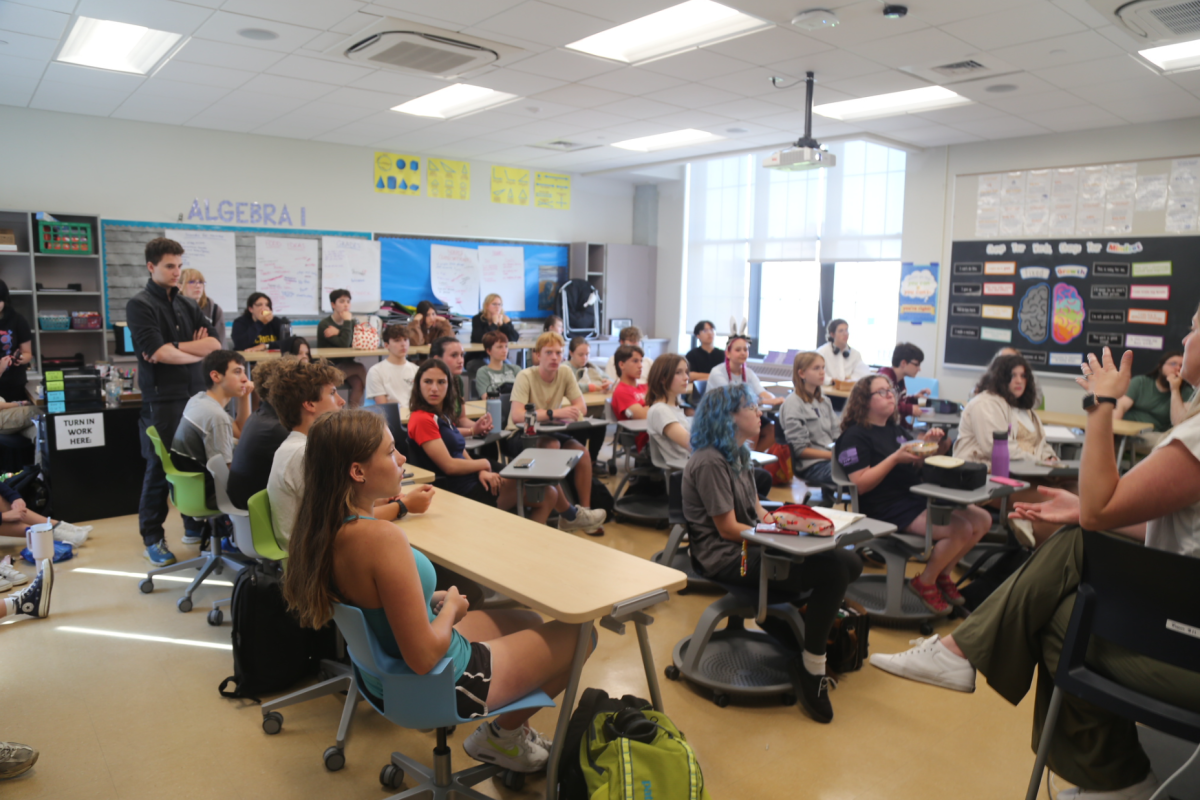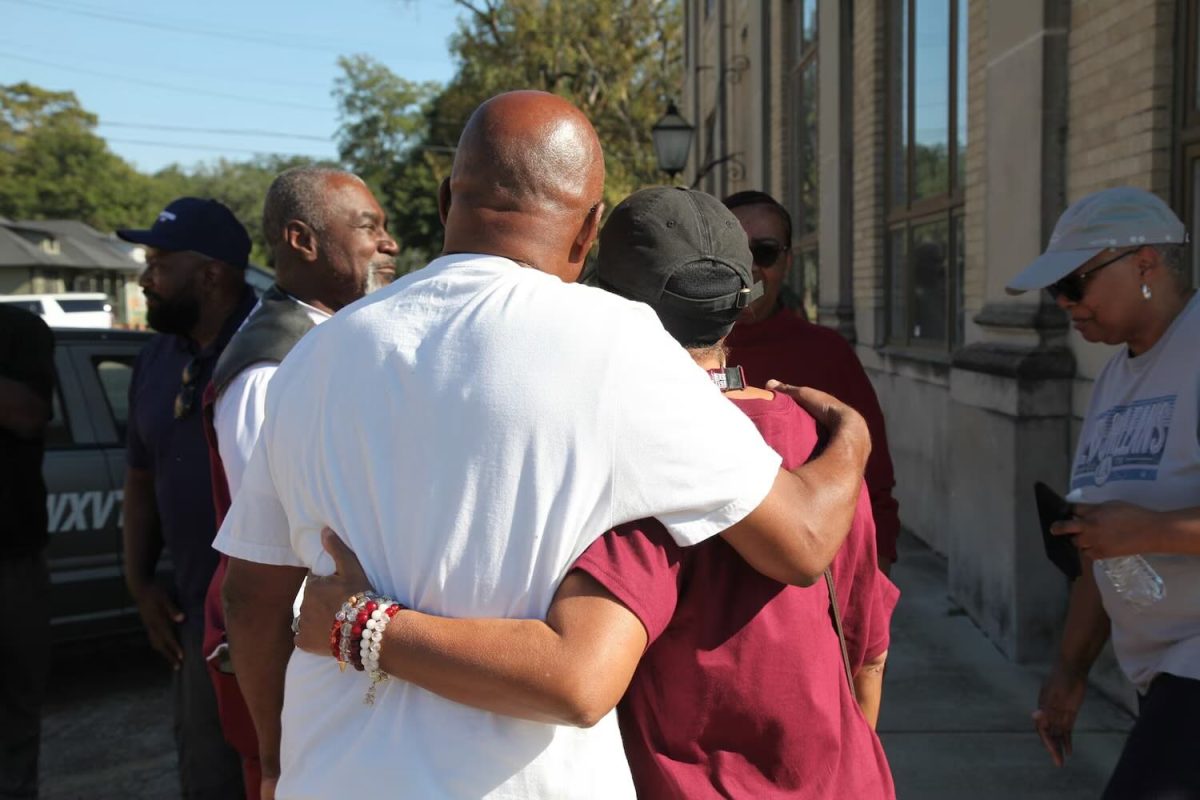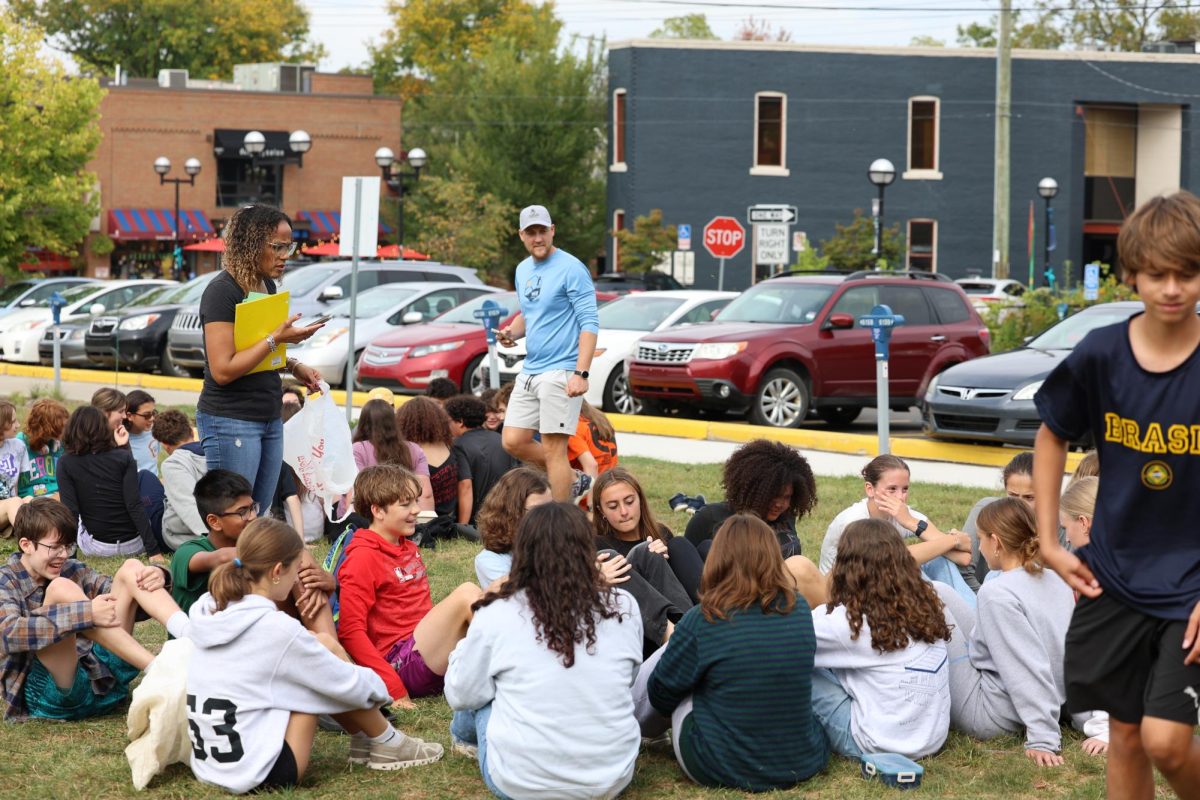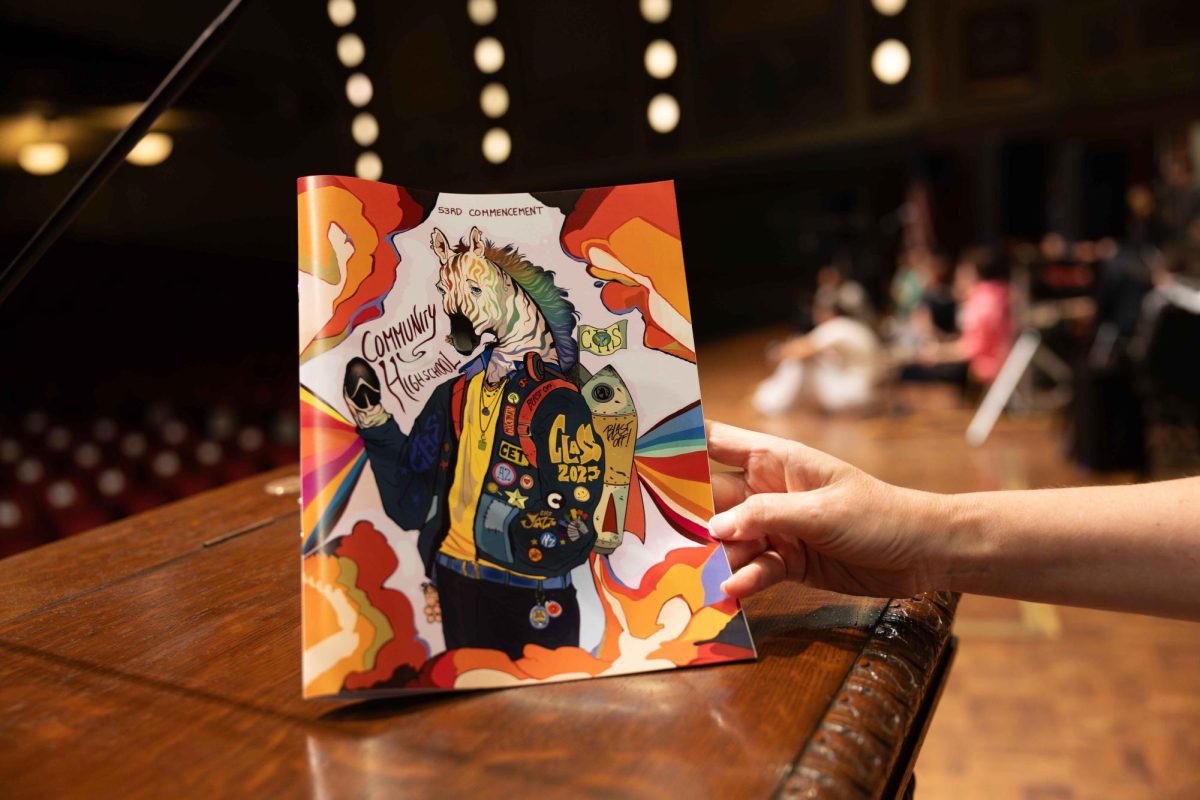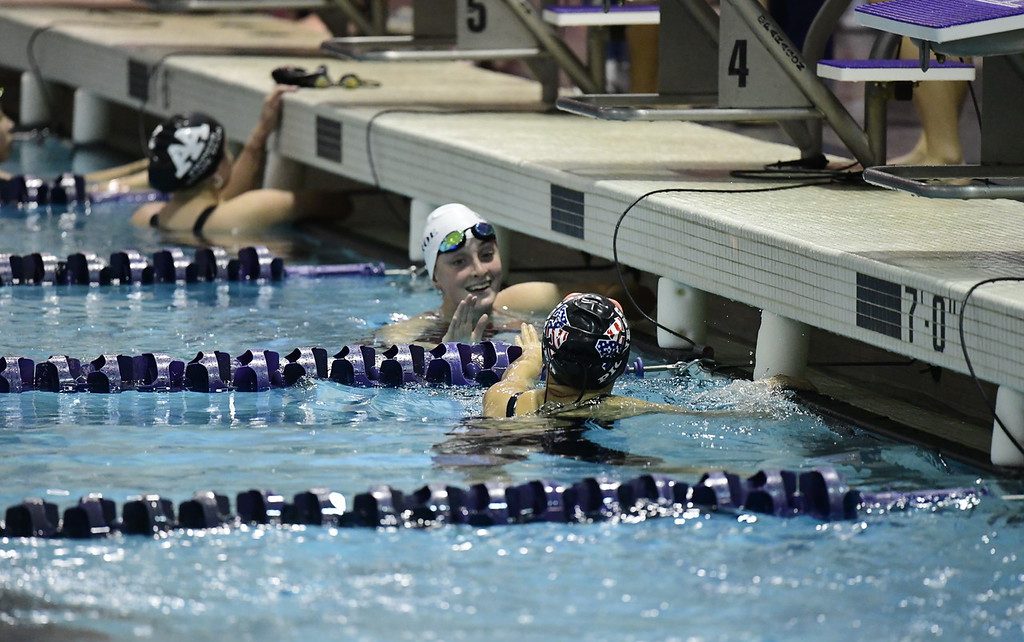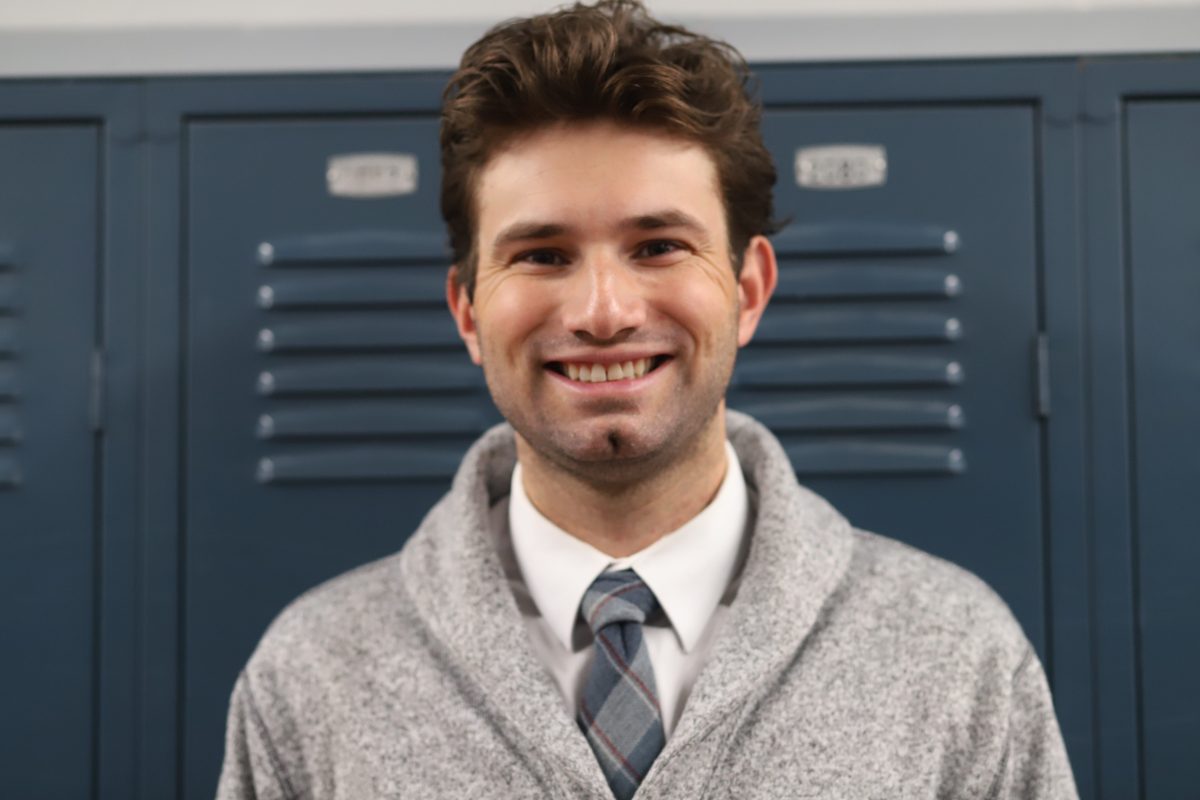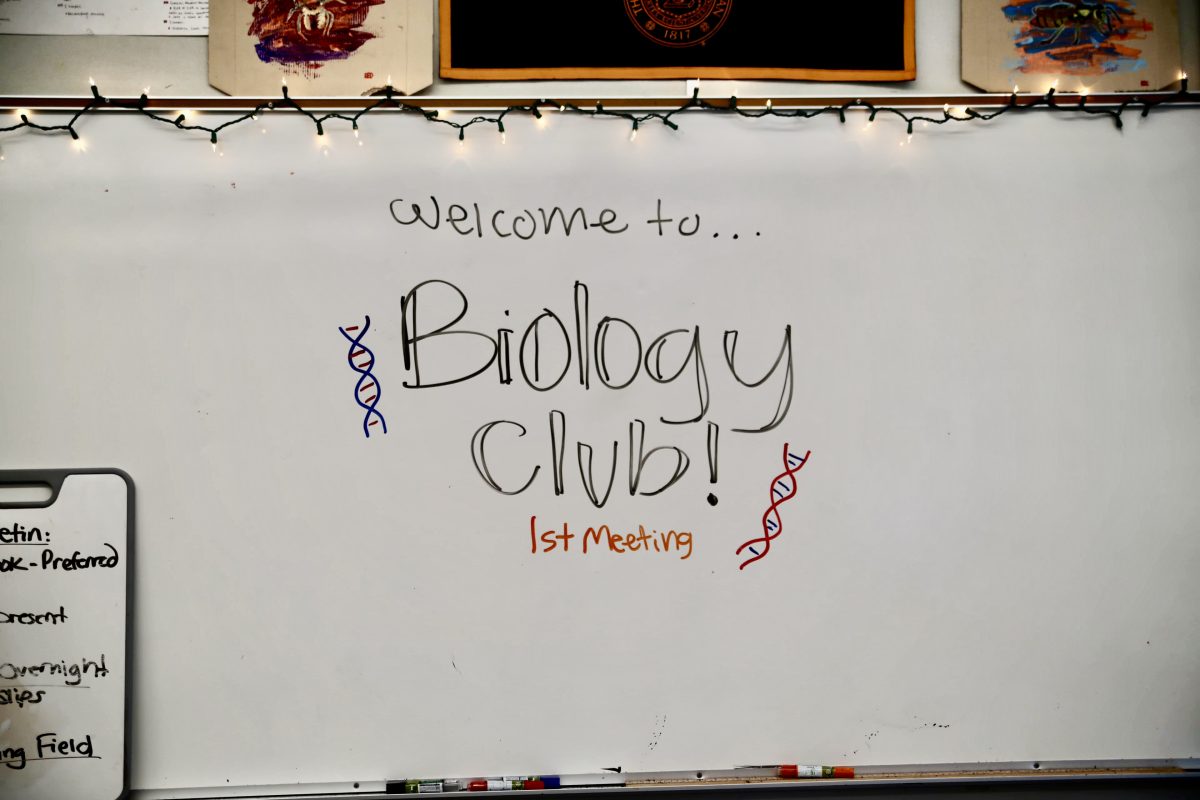During lunch, students of all grades gathered in room 317 to learn about the ins and outs of having a Community Resource (CR) class. With over 100 students each partaking in different classes, the meeting would provide vital information about how to go about their courses.
On Sept. 11, 2024, the orientation began with the CR monitors introducing themselves and explaining who would be overseeing the different courses: Danelle Mosher would supervise world languages, Michelle Yager for math, Janelle Johnson for English, Becky Brent for health along with electives and Joslyn Hunscher-Young for social studies.
Next, Brent stressed how important it was that students completed their weekly checkups in Schoology, which consisted of a quick two-to three-sentence summary of what they did in the past week. The checkups are due by Friday of the week and will be locked by the next, so they cannot be turned in. In the scenario that students miss four of the checkups, grades would drop by one-third of a letter grade as a result. For example, a B+ would fall to a B, and an A would fall to an A-.
“It helps us to make sure that you’re doing your thing and learning awesome stuff, but at the same time, it helps the district to see that you are attending your classes,” Brent said.
Diving into more detail about how grades are monitored, Brent explained that grades are required to be documented four times total each semester, with the final one being the most important. Evidence such as photos, slideshows, videos, assignments and grade reports were all acceptable, but failure to do so would result in reduced grades or/and no credit for the class.
Students taking classes at the University of Michigan (U-M) were advised to take screenshots or videos of their grades in the online grading system they used. In addition, Yager also recommended making a Google Drive and saving the completed work to use as proof.
“Get those screenshots or those grades or reports, or whatever it is, from Gradescope, Canvas, anything they use, because eventually, you’ll lose access to it,” Yager said. “Start thinking of them as artifacts that you need to collect: quizzes, papers, tests, projects, art portfolios, performances, videos, pictures, blogs, daily class work, anything.”
For students taking a CR to fulfill graduation requirements, such as geometry or English, they would be required to take a proctored district cumulative exam at the end of the semester.
U-M CR students specifically were also requested to be on their best behavior on campus so future students could keep on attending classes. It was also explained that professors are voluntarily allowing CHS students to take part in classes as well as grading and giving feedback.
“We have a lot of our local businesses involved as well, like, for an architecture CR, we have a whole architecture firm, volunteering their time to host our students. That’s like, so much power. And this is what we as Community High rainbow zebras do,” Brent said. “This is the stuff we pride ourselves on, that our students are wise enough and well rounded enough to go interact with professionals in the community, blow their minds and then come back and tell us how cool it was.”



